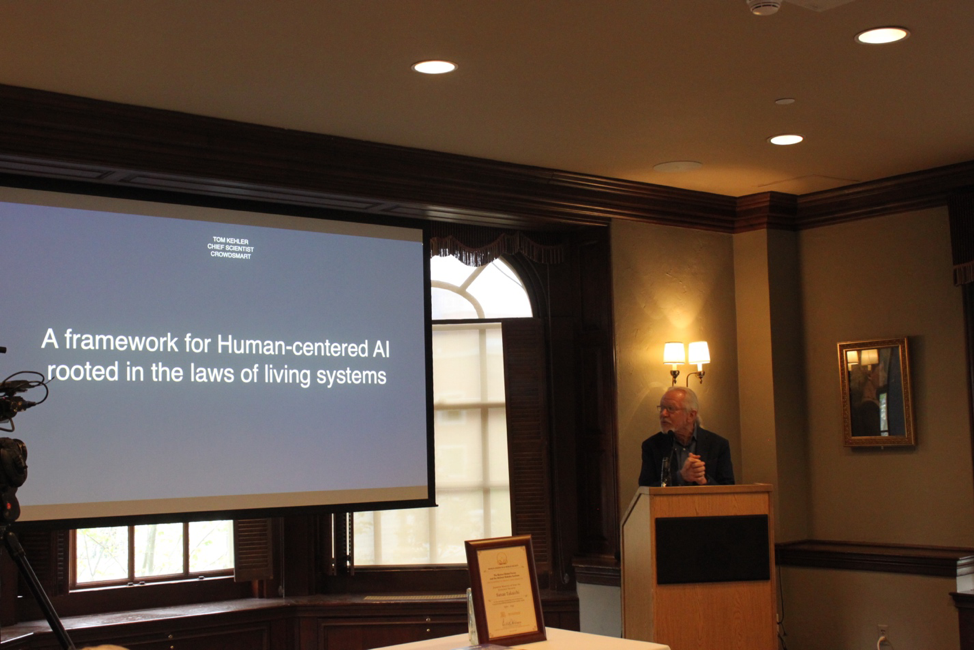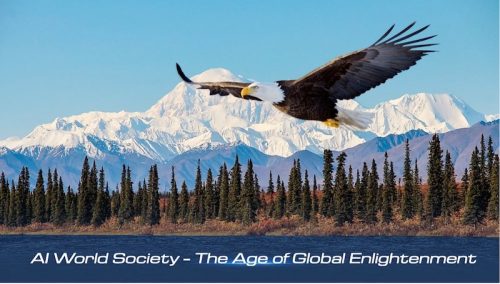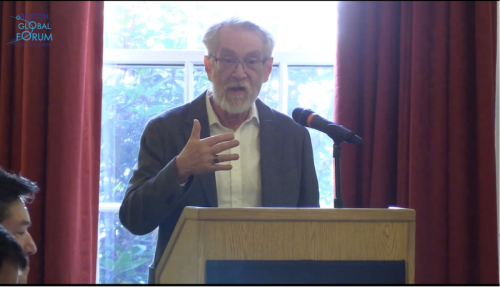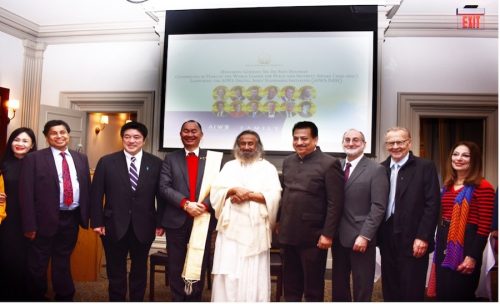Thomas Kehler, BGF High-level Conference April 26, 2023
AI Assistant Regulation Summit: Fostering a Tech Enlightenment Economy Alliance
Second-Generation AI Diverges from Natural Intelligence
The first wave of AI studied how humans solved problems and built computer programs mirrored human intelligence. Expert systems, for example, made the cover of Time Magazine in the 80s, and many Global 2000 companies invested in AI to convert human expert knowledge into software systems. Many of the projects of that era led to techniques routinely used today. Examples include complex tasks like fraud detection, configuration management of multiplatform systems, and massive-scale inventory management (airline ticket pricing). First-generation AI applications were rooted in modeling human knowledge and rules and were transparent – they could explain their thinking in forms understandable by human experts.
The second wave of AI, today’s AI, began with the advent of the global internet producing massive amounts of data. Neural networks and learning patterns from data performed massive categorization and opened the door to a new frontier of automation – including winning at chess and self-driving cars. However, learning automated methods from data without explanation led to an AI that cannot be trusted or understood because its methods are hidden in complex mathematical models. Second-generation AI has a high potential for generating persuasive misinformation. Without curation, it will lead to harm.
The Internet and AI exist primarily due to Defense Advanced Research Project Agency (DARPA) funding. DARPA is now calling for a new wave of AI that embraces transparency through explainability. In addition, it is critical to include life-supporting ecosystems in the call for contextual adaptation. Probabilistic computing approaches like those proposed by the Free Energy Principle and Probabilistic Graphical Networks provide frameworks for supporting incorporating mechanisms based on nature and integrating human reasoning.
“You are smarter than your data. Data do not understand causes and effects; humans do.” ― Judea Pearl.
Guiding Principles of Third-Generation AI
- The guiding principle for AI must be supporting an ecosystem of life globally – that enables human development and nature to thrive. Therefore, monetary and military motives must come under the values of a global system supporting human potential.
- Any initiative to create artificial intelligence must be co-created with human guidance and adherence to transparency, explainability, and principles guided by natural laws. The concept of a ‘transcendent’ intelligence where a non-living mechanism emerges as superior to humans is explicitly rejected.
- Our mission is to create an open platform that demonstrates its value through applications of co-created intelligence to support social impact initiatives that include radically inclusive forms of decentralized representative governance.
This technology allows groups of any size to collaborate on solutions to problems, creating a living, replayable model of collective knowledge. The focus is on ideas, and the participant’s identity is masked, similar to the scientific review process. By prioritizing alignment on knowledge rather than identity, this approach enables group prediction of future outcomes to make decisions and create strategies for solving challenging problems (e.g., investment decisions, policy formation, breakthrough products.) This technology can also filter and manage misinformation generated by Large Language Model AI resources such as ChatGPT.
A new AI based on biology and nature’s laws
Deep learning, the breakthrough in AI over the past decade, owes its success to its linkage to the laws of physics. It is now recognized in the AI community that deep learning works because its mathematics parallel the physics of magnetism and natural cooperative phenomena (e.g., birds flocking). Commonly used in the physics of magnetism, the concept of free energy (energy available to do work) models the natural process of determining order from disorder.12 Learning alignment (order vs. disorder) underpins the2 Hopfield JJ. 1982. Neural networks and physical systems with emergent collective computational abilities. Proc. Natl Acad. Sci. USA 79, 2554-25581 Lin, H.W., Tegmark, M. & Rolnick, D. Why Does Deep and Cheap Learning Work So Well?.
J Stat Phys 168, 1223–1247 (2017). https://doi.org/10.1007/s10955-017-1836-5 AI technology for creating knowledge models of collective human intelligence discussed in the prior section. The key point is that deep learning and current AI methods borrow heavily from the laws of statistical physics. Third-generation AI must recognize this foundation and fully embrace the laws of nature in systems design.
In parallel, a growing body of work over the past decade focuses on a new intelligence model rooted in (free) energy. The new model provides a living systems foundation for developing intelligent systems that embrace collective intelligence and life.
Simulating the impact on global populations
For global impact, the social implications of innovations must be quickly modeled. Technology is now available to create active AI models based on demographic, purchase, mobility, sentiment, geospatial, health, biometric, and economic data. These data can be aggregated into agents of synthetic populations.
A global initiative for impact
The specific immediate focus of our initiative is to provide technology solutions that contain and focus AI assistants (ChatGPT) on the principles of transparency, uncertainty, and information integrity. We will provide the following capabilities:
- The ability to curate the output of LLMs through a protective firewall curated by human expertise to minimize the impact of misinformation. This technology exists now and is deployable to any organization.
- The ability to simulate the social impact of innovations or misinformation campaigns with intelligent agents based on a comprehensive synthetic population model. This technology is available now.
- New types of reflective and intentional AI agents based on ecosystem principles that identify and maintain the integrity of generated information from autonomous systems. We intend to provide open tools and technologies based on a living physics model that offers an ecosystem for co-creating solutions to our most challenging global problems. For the first time in human history, we can build a new initiative that embraces and extends what has already been the foundation of human progress – collective human intelligence amplified by technology.
The mission of this new initiative:
- Engage with organizations and populations to collectively co-create candidate solutions for our most demanding challenges.
- Explore new forms of representative governance.
- Create organizations that adaptively and learn based on AI technology rooted in natural laws.
- Create mini Artificial General Intelligence (agents) that observe and enforce boundaries in an emergent and generative manner.
- Demonstrate broad-scale impact.
In Support of Global Enlightenment Mountain (GEM)
Collective co-creation and creation of AI systems that function under constraints that support life and the collective good of all humanity aligns with the goals of GEM. The framework focuses on creating an ecosystem of shared, trusted knowledge. In this sense, we believe that AI technology should mirror the knowledge discovery procedures of The Enlightenment – the scientific process. GEM reinstates the importance of this in this current age where we are at a critical juncture.











